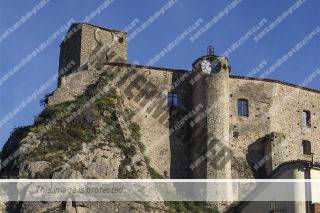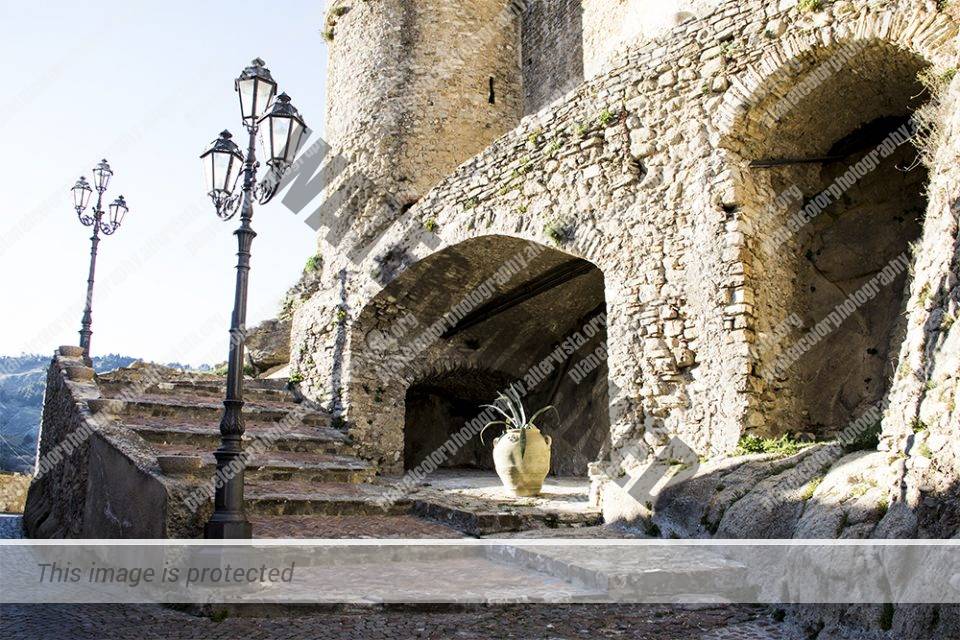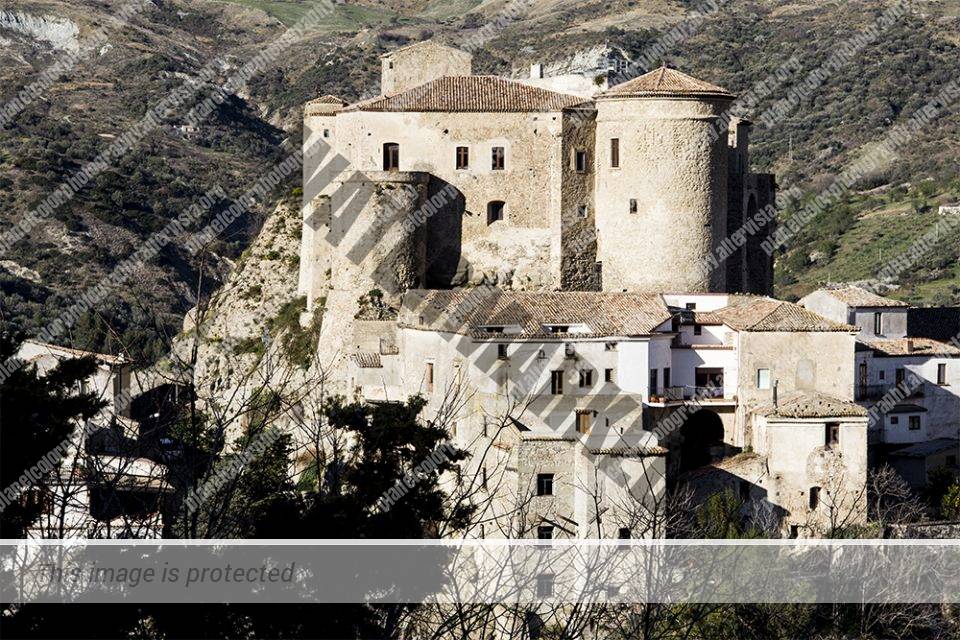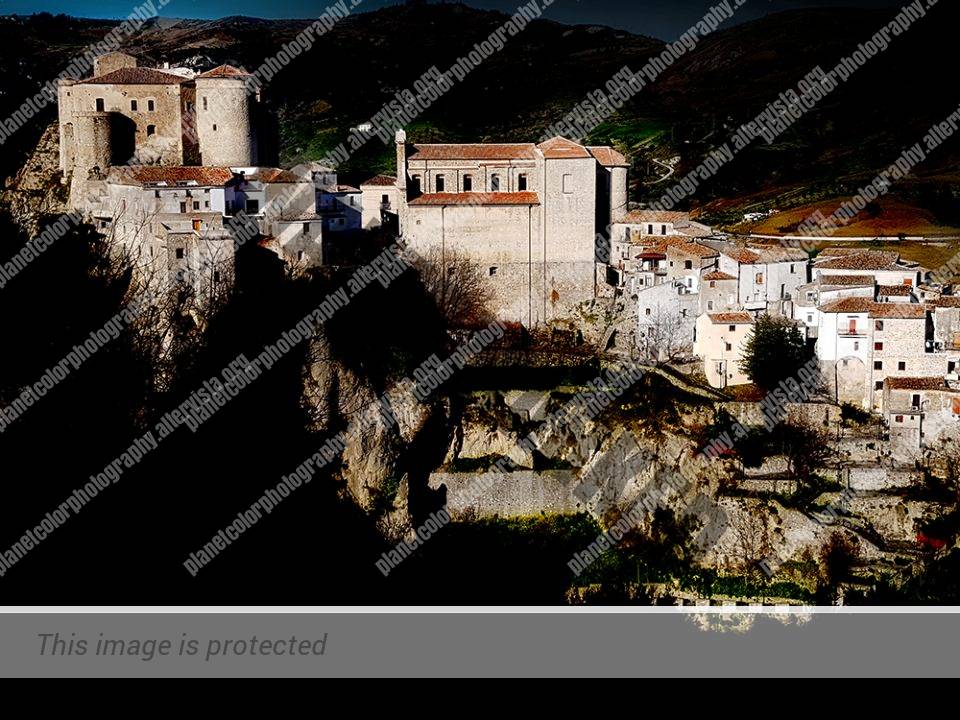Almost on the border between Calabria and Basilicata, in the province of Cosenza, there is a beautiful medieval village with very ancient origins: Oriolo.
Italian version 🇮🇹 Here

Perched on a sandstone spur, the village dominates the valley of the Ferro river. The river, formerly known as the Acalandro river, was the border between the territories of Siri and Sibari. Sibari was one of the most important cities of Magna Grecia, founded by the Achaeans, in the period of greatest splendor government over twenty-five cities and among these Oriolo.
Initially a fief of the Sanseverino da Salerno, it passed in the sixteenth century to the marquisate of the Pignone del Carretto and ended in 1978 to the Soria family.
The castle, refuge of the whole population, Of ancient origins, the castle was a refuge for the population during the barbarian invasions in 400. Once the raids were over, the primary function of defending the territory was lacking, and I suffered a first abandonment. In the fifteenth century, during the Byzantine period, the role of an important city from both a strategic and military point of view returned to vogue. Rebuilt on the plan of the old foundations with four corner towers and a small internal courtyard, the fortified city of Oriolo was rebuilt to defend this time from the Saracen invasions. In fact, in 1600, the Saracen pirates burned several territories of Calabria, especially along the Ionian coast.

Today, after the collapse which occurred at the beginning of the last century following a landslide, three towers remain, including the keep. Originally a drawbridge gave access to the castle, later it was eliminated and a staircase with the portal and the Pignone coat of arms took its place.
The Norman church, dedicated to San Giorgio, houses numerous works of art. The most important are the statue of the “Madonna and Child” dating back to 1581, an organ dating back to the mid-eighteenth century perhaps donated by the Queen of Spain and the baroque wooden altar. One of the two large bells dates back to 1637.
The Church is also the custodian of a precious relic relating to the hallux of San Francesco.

Together with the castle, the Mother Church of Oriolo, they have been declared a national monument by the Ministry of Cultural Heritage.
Inside there are numerous works of art including the statue of the “Madonna and Child” dating back to 1581, an organ dating back to the mid-eighteenth century perhaps donated by the Queen of Spain and the baroque wooden altar. One of the two large bells dates back to 1637. The Church is also the custodian of a precious relic relating to the big toe of San Francesco.
Inserted among the most beautiful villages in Italy, Oriolo since 2016 is also part of “The most beautiful villages in the Mediterranean”. Reported with the orange flag by the Italian Touring Club, it has recently been included among the eighteen Calabrian villages identified to participate in the new “Italian Travel-Villages” project promoted by the Ministry of Cultural Heritage and Activities and Tourism.
Photographer: Marcello Pitardi
All photos are owned by © Marcello Pitardi

Remember to share this article with your friends on social media. If you want to stay updated on everything that happens on planetcolorphotography.altervista.org join the Planet Color Photography facebook group.
